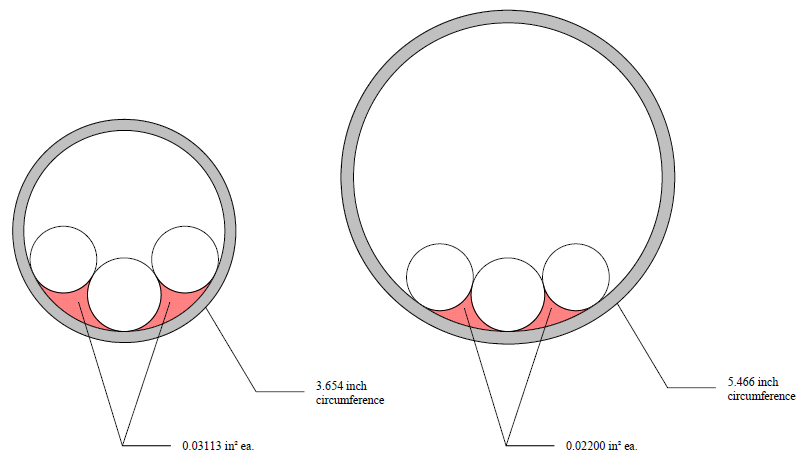The NEC is an eclectic mix of hard science, various experimental and empirical observations, special interest protectionism, and sometimes wishful thinking.
The Neher/McGrath based ampacities generally reflected in Section 310.15 and its associated Tables are actually conservative; which is why common ampacities are based on ??not more than three conductors in <fill in the blank>?? The size of a raceway relative to the fill has virtually no practical effect on the rated ampacity.
Most other fill rules are primarily based on the ability to install conductors without damaging them at the time of installation. Most of those rules were developed empirically. In the ?old days,? when many of these rules were developed, they were based on the ability to visually inspect, rather than rigorously test the installation.
I have seen installations that were well over 20 years old and non-compliant even at the time they were installed; nevertheless, there was no indication that the conductors had been damaged or any damage was imminent. There was no reasonable purpose served by ?bringing the installation up to Code.?
Assuming a reasonable pull calculation indicates no over stress, and proper follow-up testing indicates no installation damage, I see no reason not to install as stated in the OP.


